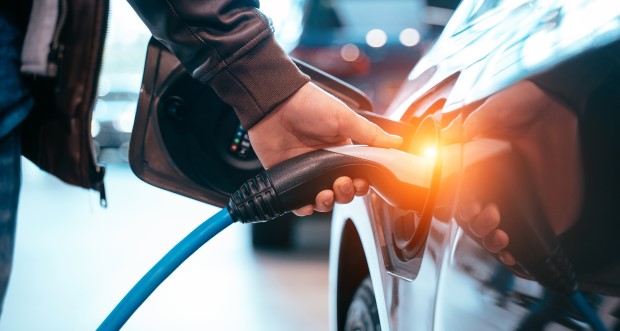 Only one in six (15%) petrol, diesel, and hybrid drivers never intend on switching to a pure electric vehicle.
Only one in six (15%) petrol, diesel, and hybrid drivers never intend on switching to a pure electric vehicle.
According to the latest ‘The Road Ahead’ research from Close Brothers Motor Finance, as infrastructure begins to improve and the choice of makes and models continues to grow, electric cars are becoming a more popular choice for consumers.
Almost 850,000 new AFVs hit the road in 2022, and dealers sold 40.1% more new battery electric vehicles (BEVs) than in 2021, according to SMMT data.
More than a quarter of drivers who don’t currently have an electric car (26%) say they will switch to a pure electric car in a few years once the infrastructure has improved, and 21% will do so once the cars themselves have improved.
Of those without an EV, 13% plan to switch when they next buy a car. This is highest for current hybrid drivers (23%), whereas it is 11% for petrol drivers and 13% for diesel ones.
The biggest drivers towards electric vehicles are price (42%), charging infrastructure (32%), and range (30%).
Also, 29% are swayed by the environmental and climate benefits, while 26% would be by the incentives like grants and tax savings. 9% of drivers are being pushed towards EV by the ULEZ expansion; This is driven by those in Greater London (21%) where the ULEZ is becoming steadily larger.
Lisa Watson, director of sales at Close Brothers Motor Finance, said: “With the Government’s 2030 deadline fast approaching for phasing out the sale of new diesel and petrol cars, drivers need support to become comfortable with the switch.
“There are clear signs that the AFV market is reaching a tipping point, and we could now be months rather than years away from AFVs becoming the norm.
“Dealers need to ensure that they are ahead of the curve to be able to answer their customers’ questions and show them how to charge and maintain their new car.
“But much of this too sits with Government. There must be top-down investment in infrastructure and charging, and incentives to drivers, dealers, and manufacturers alike to encourage the transition.”


